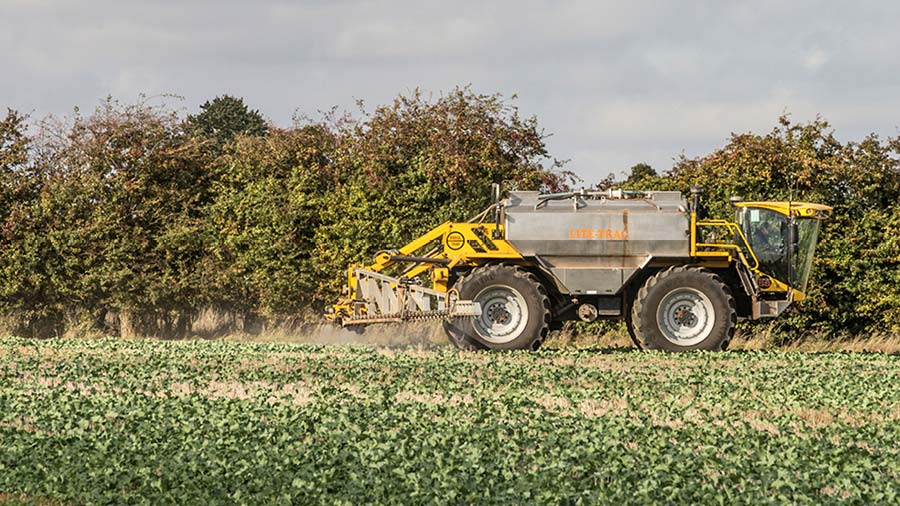Advertiser content
Key problematic grassweeds
 © Corteva Agriscience
© Corteva Agriscience Grassweeds pose a significant problem for autumn sown crops if not properly controlled. Two of the biggest threats to UK arable farmers are blackgrass (Alopecurus myosuroides) and Italian ryegrass (Lolium multiflorum).
Blackgrass is the most common arable weed in England, with a life cycle that is aligned to UK winter cropping strategies. Frequently found in heavier soils, it is also found in other soil types due to reduced tillage crop establishment. Blackgrass is yet to become established in Scotland.
Italian ryegrass is, in many locations around the UK, a difficult weed to manage because it grows extremely quickly and is very competitive. Its ability to invade crops after disturbance means it is being detected in more and more arable fields.
Resistance issues
Control of both these weeds has become more challenging due to these weeds becoming more resistant to the commonly used acetyl Co A carboxylase (aka ACCase or fop/dim) herbicides and the HRAC group 1 herbicides, acetolactate-synthase (aka ALS or sulphonylurea herbicides).
Since blackgrass resistance to herbicides was first confirmed in the UK in 1982, blackgrass resistance to ACCase and/or ALS herbicides has become widespread in the UK and widely reported across Europe.
Italian ryegrass resistance to these herbicides was first reported slightly later in 1987 in the United States and has since spread across Europe and the UK.
Research by Rothamsted unearthed some interesting findings. In a worst-case scenario, where a high population of resistant blackgrass is present in all wheat fields throughout the UK, the potential yield loss could reach 3.4m tonnes of wheat every year, or about £1bn per year.
How resistance affects herbicides
There are two types of weed resistance to herbicides – Target Site Resistance (TSR) and non-target site resistance (NTSR or Metabolic resistance).
Many herbicides specifically target a site in a weed; target site resistance occurs when something changes at this site, (think of the site changing its structure or shape).
When this happens, the herbicide can no longer bind to the site and the herbicide will no longer be effective, or its efficacy will be greatly reduced.
Think of a lock analogy, change the lock and the key no longer opens the door. This type of resistance is common in blackgrass and Italian ryegrass.
Non-target site resistance takes place when changes occur that enable a weed to survive a herbicide application.
These include reduced herbicide uptake or translocation, or increased ability of the weed to metabolise or breakdown the herbicide.
Increased metabolism, in particular, has been well documented in both blackgrass and Italian ryegrass.
Propyzamide control
To date, globally there is no weed resistance to propyzamide in arable rotations. It is therefore the only active that can effectively control both blackgrass and Italian ryegrass, in oilseed rape.
Routinely, Corteva Agriscience samples difficult to control blackgrass populations across the United Kingdom and France and compares propyzamide activity against known susceptible weed standards as the control.
No resistance to propyzamide has been found and propyzamide controlled all samples tested.
Propyzamide is a vital weapon in the fight against grassweed resistance and it has a key role to play in any integrated grassweed management plan.
Its use will help ensure populations of problematic weeds like blackgrass and Italian ryegrass can continue to be managed at levels that protect commercially viable farming.
Provided by
Corteva Agriscience™ is a world-leading crop protection and seeds business focused on delivering the solutions UK and Irish agriculture needs to succeed.
For more information see our website Corteva Agriscience
